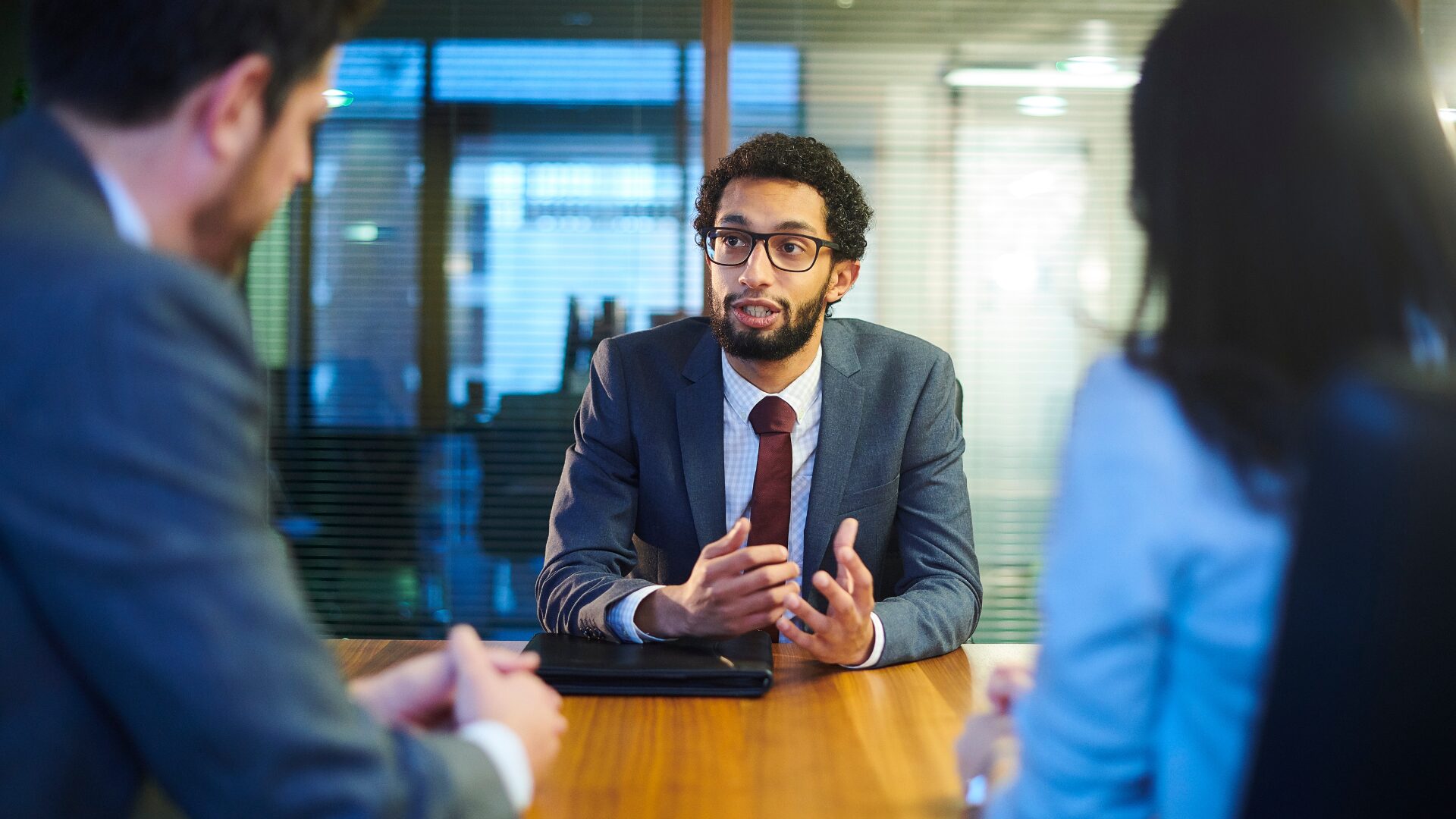More workers have access to paid family leave thanks to state programs that subsidize the benefit, but many don’t take advantage of it due in part to concerns about cost and their careers, or because they simply aren’t aware it exists, according to recent research.
In the states with the longest-running paid family leave programs—New York, New Jersey, and California—just two out of five parents who were eligible for the benefit took it in 2022, according to an analysis published on Feb. 26 by Moms First in partnership with McKinsey. Parents left between $6,000 and $10,000 on the table by not using the leave, the study estimates.
Paid leave advocates said HR leaders can serve as a resource to workers who are eligible for this benefit, even if it’s not administered directly by their company.
Why some workers don’t take paid leave. Among the respondents surveyed who were eligible for paid family leave but didn’t take it, a majority (roughly 60%) said they didn’t know it was available to them.
Cost and career development were cited as barriers as well, with more than two-thirds of this group expressing worries about “job losses” or “career setbacks.” Others worried about taking a pay cut, as these state programs only replace part of workers’ wages when they take family leave, and employers don’t always top off employees’ salaries.
Nearly 60% of respondents who didn’t take paid family leave to bond with a child said the complexity of applying for the benefit factored into their decision-making.
The patchwork of state-level legislation surrounding paid family leave in the US can be challenging for workers to navigate, said Meg Shea, VP of group benefits solutions at New York Life, which launched a tool last year to help.
“There’s a lot of good things going on in the industry. We’ve seen state after state passing regulations enabling leave, but as they do that, it becomes harder and harder for an employee to understand,” Shea said. Common points of confusion include how state benefits interact with short-term disability or employer-sponsored leave, and how much pay workers are entitled to, she added.
The economic consequences of taking leave arise among the organizations Parento works with, said founder and CEO Dirk Doebler. Parento provides paid parental leave insurance to cover salary expenses when employees take leave, and Doebler said organizations with more generous policies are in a better position to hire and retain younger people who are thinking about having kids, or have already had kids.
Quick-to-read HR news & insights
From recruiting and retention to company culture and the latest in HR tech, HR Brew delivers up-to-date industry news and tips to help HR pros stay nimble in today’s fast-changing business environment.
“For some of these people, you can’t afford to stay out of work for very long at 60% of pay,” Doebler said. He recommended that employers cover at least 75% of an employee’s pay if they can.
“Cultural” perceptions also play into the reasons workers don’t take leave when they have kids, he added. Workers may be concerned about “what their colleagues or their bosses or leadership might think of them being gone.” Men, in particular, might hang onto the idea that “it’s a woman’s job to raise a kid,” Doebler said. This aligns with the Moms First research, which found men were more likely to be eligible for paid family leave, but less likely to take it, in part because of the belief that “they did not need to take leave if their partners took it.”
Where HR can play a part. When it comes to parental leave benefits, “I do think that there is an enormous opportunity for employers to be more engaged in this process and to better equip themselves to help their employees,” said Nina Harstad, director of Moms First’s PaidLeave.ai tool, which helps parents and companies navigate paid family leave programs in their states.
Harstad noted that more than 70% of parents surveyed by Moms First said they relied primarily on their employer for information about paid family leave to bond with a child, even in cases where the benefit was structured as a social benefit through the state government, rather than through their company.
“Even though employers might not see themselves as the person offering this benefit, they’re still the ones that employees are going to to learn about it,” she said. Harstad recommended HR leaders “build their own awareness of what these laws are and what rights their employees have to take paid family leave,” and spoke to the value of infrastructure and systems that “help drive learning about these programs.”
Given the stigma that’s still associated with taking parental leave, Doebler recommended educating senior leaders about their paid leave policies, and encouraging them to take the time off, “because that just sets the tone for the company and the culture.” When employees do return from leave, HR can help them feel confident managing their return without a “major career interruption,” he said.











